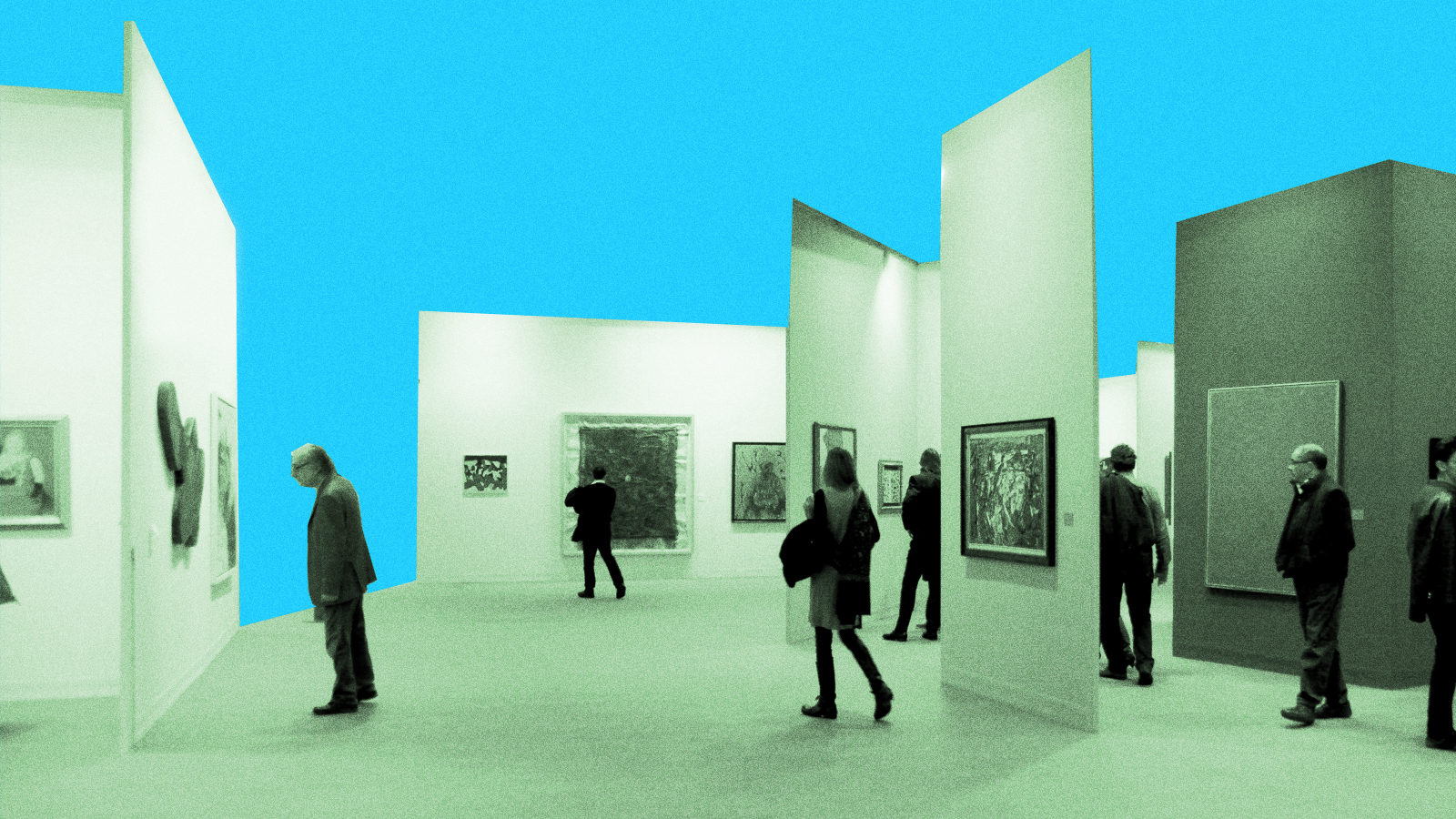If your idea of “supporting the arts” is buying popcorn and a ticket to the new Fast & Furious, well, supporting the arts might seem frivolous right now. After all, there are pipelines to fight! Labor laws to uphold! Reproductive rights to protect!
But when you read bad news day after day, you can become desensitized — or lose hope. That’s exactly why the arts are so crucial, and why there’s been an upwelling of political art since the November election.
“Artists who occupy marginalized social positions can use their art to challenge structures of power in ways that would otherwise be dangerous or impossible,” sociologist Eve L. Ewing wrote recently in the New York Times. Hey, is that why the Trump administration floated gutting the budget of the National Endowment for the Arts?
In times like these, artists need your support. Here’s what you can do.
Show your appreciation.
It’s as simple as attending a community art walk or a slam poetry event. Artists are actually great organizers because of the way they bring together people from different walks of life, says Kendra Ross, a singer-songwriter and PhD student in community engagement. “You catalyze important conversations and collaborations that might not otherwise happen.”
Share artwork on social media.
A little promotion can go a long way to help spread an artist’s message, says Victoria McCullough, social impact and public policy manager at Tumblr.
Ross says she wasn’t involved in the Standing Rock fight until she saw some captivating prints on Instagram last year that stopped her in her tracks. “It was just something about the art that drew me into the story, into the conversation, and made me go deeper,” she says.
Make room for artists in your community.
If you’re a visual artist, dancer, or musician, you need a place to do your job. Know of a space that’s used at night but empty during the day, or vice versa? Get in contact with local artists or arts organizations that might be interested.
“It’s really expensive to rent studio space to actually practice your art,” says Adrienne Clancy, artistic director at ClancyWorks Dance Company, which uses dance to bring people together and advance social action.
Pay artists for their services.
If you’ve got cash to spare, buy some artwork from a local artist who you admire, or attend one of their performances.
To go further, donate to an arts organization that does great things — for example, Alternate ROOTS is a group of artists and cultural organizers in the South who use the arts to build up communities and dismantle all forms of oppression.
Destroy assumptions that art isn’t a real job.
“People think of artists almost as unicorns, right?” says Kendra Ross. “Like: ‘This is so amazing that you can make this, I can’t believe your mind can go there.’
“Know that we serve a really important purpose in society, and if you want that to go on, you’ve got to support that in the same way you pay your taxes so that your rubbish gets picked up.” Yep — even unicorns gotta eat.



